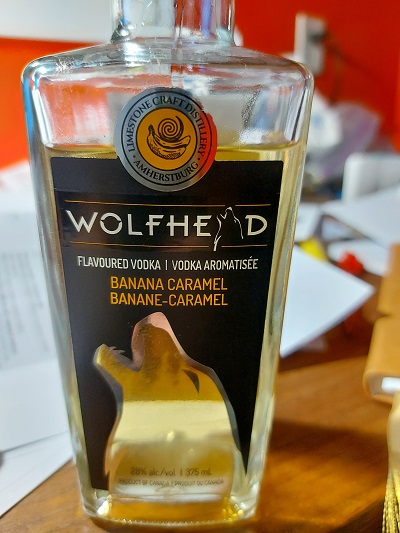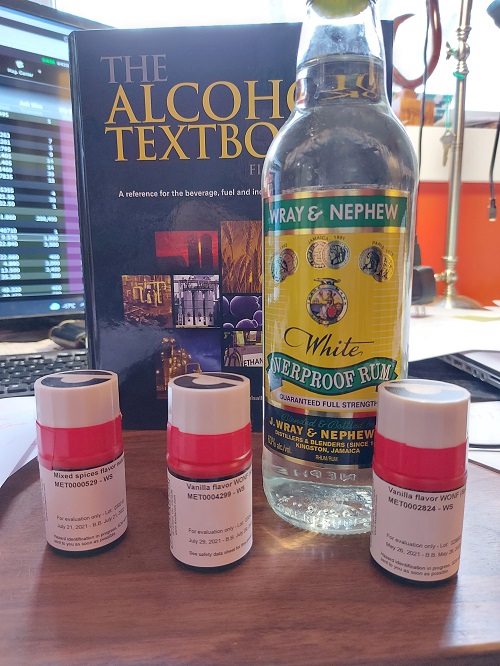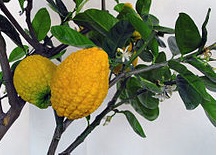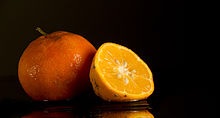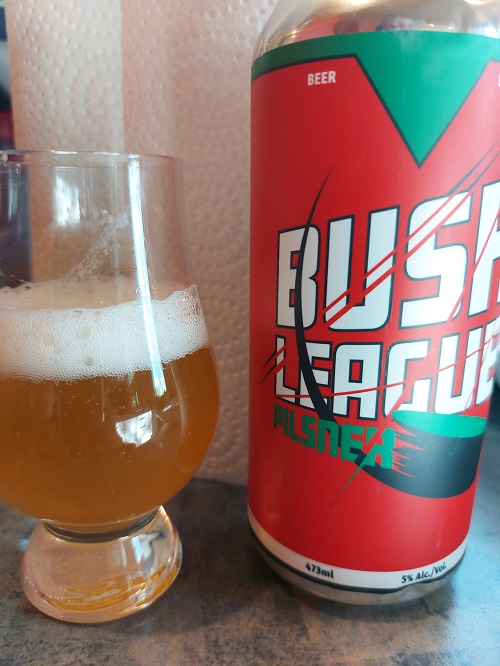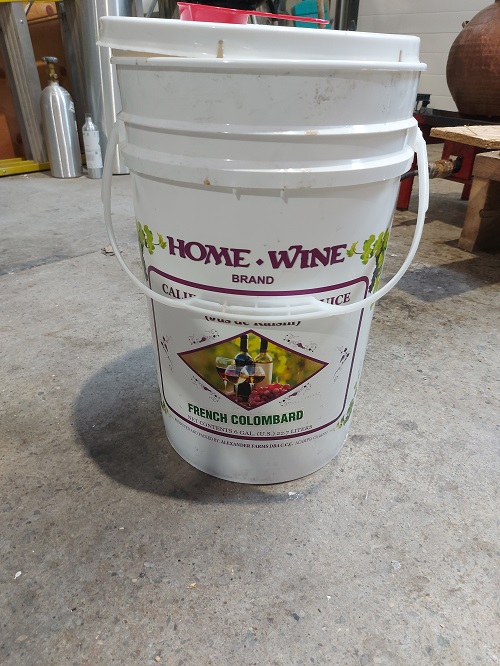For several years now I have heard about the iStill and more recently the Genio still. I have made it a point in my various Workshops to stress that these devices have been made for “dummies” – for people who lack the scientific understanding to comprehend Raoult’s Law and fractional distillation. The people behind the iStill and Genio still recognized that there were “dummies” trying to enter the craft distilling playing field. They recognized that “dummies” will buy a still if all that is required is to turn on the green switch and hit GO on the touchscreen. Brilliant! And I am sure that a good many of these idiot-proof stills have been sold around the world. My hat goes off to the folks behind Genio and iStill for sensing an opportunity and then monetizing it.
During a recent start-up in southern BC, I had the opportunity to come face to face with a Genio still. I read and re-read the skimpy instruction pages. I watched YouTube videos which all seemed to feature the same American bullshit artist crowing about how distillation is so simple. It soon became clear that the operator is required to add a fermented liquid to the still, taking care to ensure the liquid is less than 40% alcohol. The operator is required to input the temperature at which the machine would switch from flowing distillate down hose #1 (heads) to flowing distillate down hose #2 (hearts). The operator is required to input the alcohol strength of the liquid left in the still pot at the end of the process.
During the attempted distillation run, a water valve was mistakenly opened which allowed water to trickle into the still pot as the pot was heating. This ended up creating massive pressure inside the still because the valves governing flow out of the still were told to remain closed by the computer chip algorithm. Moreover, the pot temperature sensor malfunctioned. The digital display was showing 65C, but what I was not aware of was that the temperature was well in excess of that. Finally, the algorithm showed a warning message that there was high pressure in the still pot. When I cracked one of the closure bolts on the lid, it soon became clear that yes… there was massive pressure in the pot. I was now standing beside a veritable “bomb”. There have been issues over the past number of years where stills have exploded. In one case in Tennessee an explosion killed three people. In a more recent case in Newfoundland, nobody was killed but the provincial government has blocked any further craft distillery openings as a result.
After allowing the still to cool down, I was able to remove some liquid from the pot. I then proceeded to run the still again. Part way through the algorithm, the still suddenly shut down due to low water pressure. Literally three seconds prior to this error massage there had been plenty of water pressure to the condenser. Apparently another sensor had malfunctioned. I had to hit the green button and “re-boot” the system. The algorithm then had to go through all of its steps again. On this attempt, the algorithm did execute properly and I was able to obtain 96.5% alcohol.
This experience has left me shaken and very pissed off. All of my warnings in Workshops about these computer controlled, idiot-proof devices have now taken on a real dimension. Distillation is an atmospheric process. There should be no valves that prevent the escape of vapors from the still. The degree of heating should be operator controlled, not computer controlled. The purity of the distillate should be a function of the number of plates in the still column and the amount of operator-applied steam energy.
In my Workshops, I make it very clear that at every craft brewery there will be people who are either very skilled home brewers and/or people who have attended a brewing college somewhere. Equipment makers supplying the beer industry have made NO effort to control the brewing process by way of a computer algorithm. Brewing is completely reliant on operator skill.
Somehow, people entering the craft distilling sector have decided that they are above having to learn anything about distillation, fermentation or basic math. Is it just me or is society getting lazier? Have people given up wanting to learn new skills? Have we regressed to the point where people just want to flip a green switch and hit GO?
It is my prediction that somebody, somewhere is going to get seriously injured when running one of these computer chip stills. This tragic event when it happens will be a major setback for the image of craft distilling.
You cannot take the human element (taste and smell) out of distillation. You cannot remove the atmospheric parameter from distilling.
At the risk of offending readers of this post, let me conclude by saying that if you are too lazy to learn the science behind distillation; if you lack the ability to learn new scientific principles; if you absolutely cannot comprehend Raoult’s Law; if you think that taking a Workshop is a waste of time; if you think that distilling is as simple as hitting GO on a touchscreen, then please, I beg of you – do not get involved in craft distilling.
There are 11 global corporations that control the worldwide alcohol trade. Craft distilling has managed to scalp maybe 5% of the market share over the past 10 years. Craft is a fragile industry. Consumers are very prone to reverting back to their “go-to” commercial brand of beverage alcohol at the first hint that the craft stuff they have bought does not meet their taste expectations. Now with the economy slowing and mortgage rates rising, the consumer does not feel as wealthy and secure as they once did. Less secure consumers are cost conscious. Suddenly the consumer realizes they can buy 1 bottle of craft Gin or 2 bottles of Beefeater Gin.
The reason craft has failed to capture a commanding market share is quality. People at the craft level think that if they make it, people will automatically buy it. This is a flawed attitude. Making beverage alcohol is not easy. Even a humble bottle of Jack Daniels is a carefully controlled blend of multiple ages of barreled distillate. A humble bottle of Crown Royal whisky is a blend of 5 different distillates.
I reckon that maybe 30% of craft distillers have figured out the science and the art of making a solidly good product. But these success stories are facing a constant headwind from all the other operators who are making shoddy product.
Until such time as people start reading and learning about the science of mashing, enzymes, yeast, fermentation, and fractional distillation – the craft distilling industry is going to continue blundering along at its single digit market share. If you are reading this blog and if you are among the 30% who understand the science, maybe it is time to start applying verbal and written pressure to the 70% who are providing headwinds to your success. Enough is enough. This industry is now over 10 years old, but has failed to make a dent in the bottom line of the big commercial distillers financial statements. And now with computer controlled distillation devices that encourage even more untrained people to enter the alcohol business, I fail to see how things get better from here. This is all truly sad, in my opinion.

